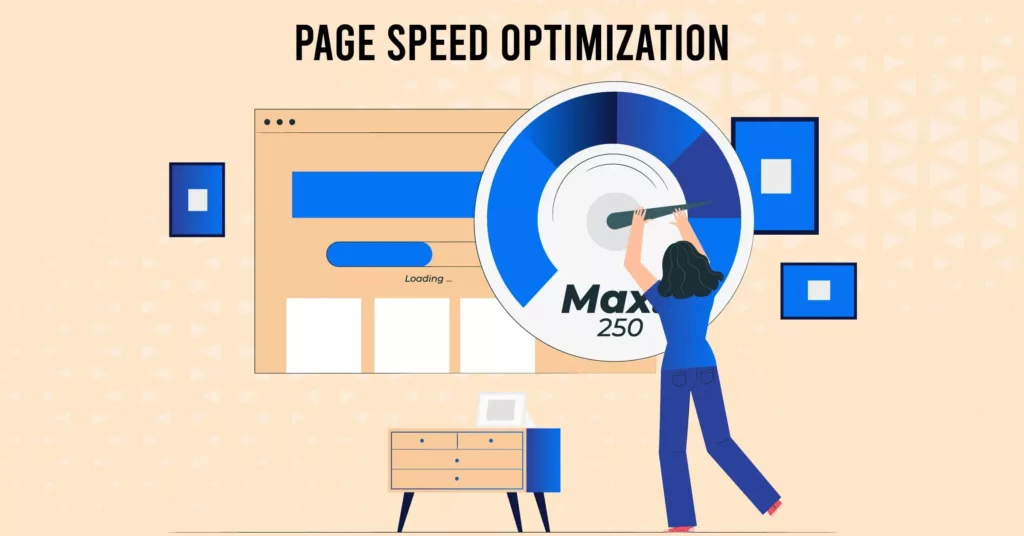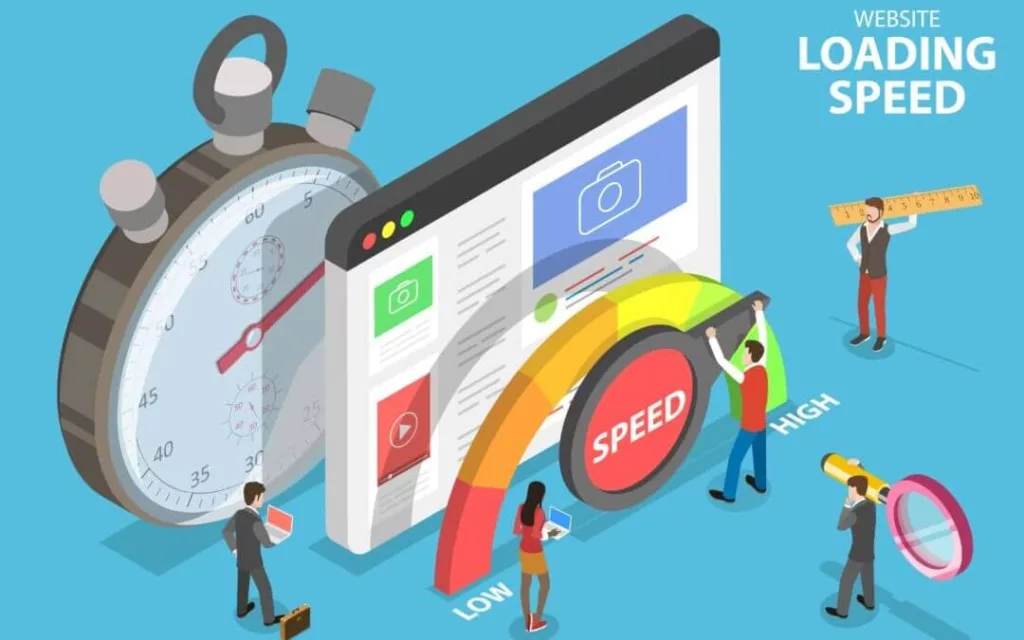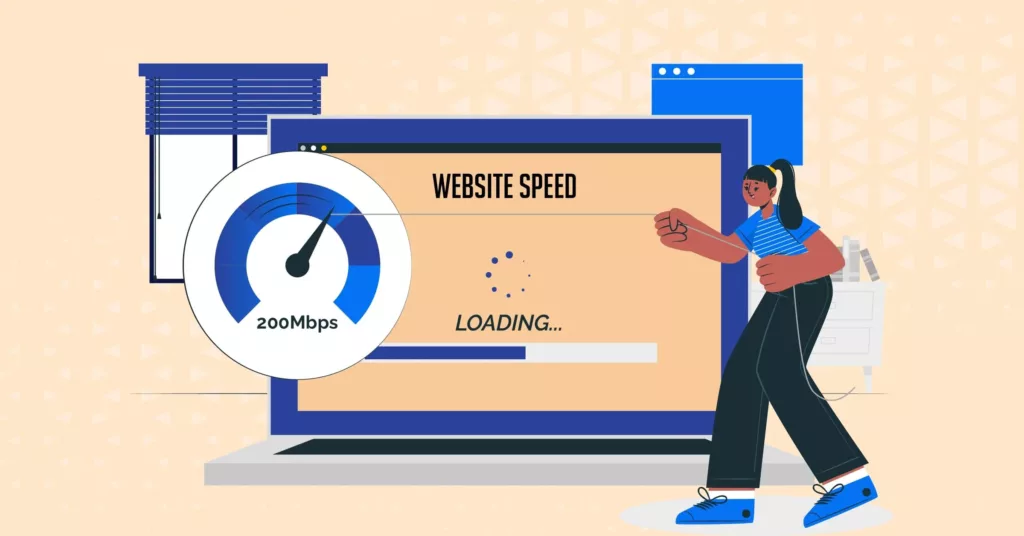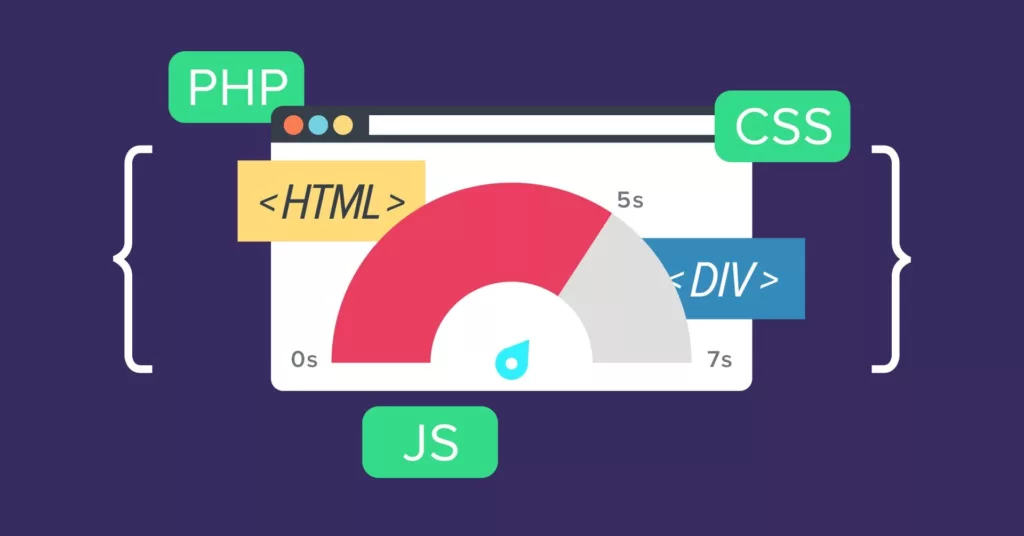Studies by Cloudflare show a clear link between website speed and conversions – faster loading times can improve conversion rates by up to 17%. However, the Asia-Pacific (APAC) market presents a unique challenge. Despite boasting the most internet users globally, APAC lags behind other regions in penetration rate. Additionally, internet connection speeds in APAC, particularly in developing regions, are often slower.
With the average Wi-Fi speed in APAC projected to be only 116.1 Mbps in 2024 compared to more developed regions, targeted website speed optimization becomes crucial for businesses in this diverse and dynamic market. In the digital age, a seamless user experience hinges on website speed, making optimization for the APAC market essential.
Let’s delve deeper into understanding website speed optimization and its impact on APAC users.
Table of Contents
Understanding Website Speed Optimization

Website speed optimization ensures your website loads quickly, creating a smooth user experience. Here’s how:
- Image Optimization: Reduce image file size without sacrificing quality. Techniques like compression and resizing can significantly improve page load times, leading to higher engagement and longer visitor retention. Studies show optimized images can boost load times by X%.
- Code Optimization: This involves streamlining your website’s code. By removing unnecessary elements and optimizing the remaining code, you can achieve faster loading speeds. Efficient coding plays a crucial role in user experience and even SEO rankings, as search engines favor faster websites.
- Leveraging a Content Delivery Network (CDN): A CDN is a network of servers spread globally. When a user requests content, the CDN delivers it from the closest server, reducing latency. By using nearby servers, CDNs ensure faster website loading, leading to better user experience and potentially higher search rankings.
Website Speed Optimization: Case Studies In The APAC Region

APAC businesses are racing to increase their landing page loading speed, optimizing everything to gain even a fraction of a second more. Here’s why website speed optimization is critical for the APAC market:
- Mobile-first users: The APAC region is a mobile powerhouse, with smartphone adoption expected to exceed 90% by 2030. This translates to users who are more likely to abandon slow websites on mobile data. Website speed optimization becomes crucial to keep these users engaged and prevent them from bouncing to competitors with faster loading times.
- Evolving Internet infrastructure: While Internet infrastructure in APAC is improving, disparities exist. South Korea boasts top-notch infrastructure, but other regions may have slower connections. Website speed optimization ensures a smooth experience for all users, regardless of their internet quality.
- Increased competition: The APAC e-commerce market is booming, reaching a staggering $4.20 trillion in 2024. With such fierce competition, a fast website can be a game-changer. Even a slight delay in page load time can hurt conversion rates. Prioritizing website speed optimization can give your business a crucial edge and keep you ahead of the pack.
Now, let’s look at some real-world examples, measured by experts, of how speeding their websites’ loading time has helped some of the industry’s leading businesses:
- Google: Google found that when their website loaded slower, people were more likely to leave the website. This is known as the bounce rate. When the website loaded just one second slower, the bounce rate increased by 123%.
- Vodafone: Vodafone is a telecommunications company. They made their website load faster and saw an 8% increase in sales.
- Yelp: Yelp is a website where people can write reviews for businesses. They made their website load faster and saw a 15% increase in conversions. A conversion is when a visitor to your website completes a desired action, like making a purchase or signing up for a newsletter.
- Akamai: Akamai is a company that provides CDN services. They found that when a website loaded just 100 milliseconds slower, the conversion rate dropped by 7%.
- Ebay: Ebay is an online marketplace. They made their website load 100 milliseconds faster and saw a better return on investment.
Why Website Performance Is Important for APAC Users?

Understanding the unique needs of APAC users and optimizing website performance to meet these needs is not just beneficial, but essential. From mobile-first users and data sensitivity to cultural diversity and varying levels of patience, APAC users present a unique set of challenges and opportunities.
Due to these challenges, APAC users have specific needs when it comes to website performance:
- Patience: While APAC users may exhibit slightly more patience with slower loading times compared to users in other regions, this patience has its limits. For instance, within the Asia Pacific region, China had the fastest load time for mobile sites with 5.4 seconds, followed by Singapore with an average load time of seven seconds. However, the load times are still slower than the three-second recommended load time. This suggests that while APAC users might be more patient, they still value and expect quick loading times.
- Data Sensitivity: Data plans can often be more expensive in the APAC region. As a result, users are more conscious of data consumption. A fast-loading website reduces data usage and can be more appealing to these users. 60% of APAC IT decision-makers plan to increase their investment in data-focused initiatives in the next 12-18 months.
- Localization: Localizing your website for the specific language and cultural preferences of your APAC audience can significantly improve user experience. Localization goes beyond mere translation; it involves adapting the content, design, and functionality of a website to align with the local culture, language, and user expectations. Effective localization can help create a user experience that feels personalized and relevant to the user, even if they are in a different part of the world. This can improve user engagement and satisfaction, ultimately leading to better outcomes for all users.
So, with website loading speed being the key to retaining your users on your landing page, how do you do it? Here are a few tips to boost your speed optimization for your website…
#1. Image Sizes Can Improve Website Optimization

Large, unoptimized images are a website’s worst enemy. They clog bandwidth, forcing visitors with slow connections to wait in frustration. Remember, images account for nearly half a website’s size! That’s why image optimization is essential for a smooth user experience. By optimizing your images, you ensure fast loading times and keep visitors happy.
Image Optimization Techniques
- Format Selection (e.g., JPEG vs. PNG): Not all images are created equal! JPEG, the web’s favorite format, excels with photos but struggles with sharp edges on graphics and text. PNG comes to the rescue in those situations, offering crisp details but with a larger file size. Understanding these strengths helps you pick the perfect format for each image.
- Compression Tools: Even the best format needs a size-optimization spell! Compression tools like TinyPNG or Image Compressor work their magic to shrink the image file size without sacrificing quality. This keeps your website lean and loading times fast.
- Lazy Loading (loading images only when needed): Why load everything at once? Lazy loading prioritizes the most important content on the page, delaying the loading of images until they’re actually scrolled into view. This allows non-critical resources to load only if needed, potentially speeding up initial page loads and reducing network usage.
#2: CDNs: Speeding Up Your Website Loading Time
Content Delivery Networks (CDNs) play a significant role in website speed optimization, particularly for geographically dispersed regions like APAC. Here’s how they work:
- Distance Matters: When a user accesses a website, their browser fetches files from the website’s server. The further the user is from the server, the slower the website loads due to increased data travel time.
- The CDN Solution: CDNs store cached copies of your website content on servers strategically located around the world. When a user visits your website, the CDN directs them to the nearest server, minimizing data travel distance. This significantly reduces latency and improves website loading speed.
- APAC Advantage: In APAC, where internet speeds can vary greatly across locations, CDNs offer a clear advantage. By ensuring content delivery from a nearby server, CDNs lead to faster loading times for users throughout the region. This translates to a better user experience, potentially boosting engagement and conversion rates.
#3: Web Performance Testing Is Crucial

All machines have hidden glitches, including your website. That’s why regular checkups and thorough inspections are a necessity. It identifies bottlenecks – those hidden slowdowns that frustrate users.
With these insights, you can optimize your website for peak performance, leading to:
- Tools and Strategies: Just like a mechanic needs the right tools, website performance testing requires a well-equipped toolbox. Popular options like Google PageSpeed Insights and GTmetrix act like diagnostics, analyzing your website’s performance and suggesting areas for improvement.
- Interpreting and Acting on Results: The test results are like a machine’s readout. Key metrics like load time, time to first byte, and total page size pinpoint areas for improvement. Interpreting test results involves understanding key performance metrics such as load time, time to first byte, and total page size. Once you understand these metrics, it’s time to take action!
#4: Other Tips For Website Speed Optimization:
- Minimize Redirects: Each time a page redirects to another page, your visitor faces additional time waiting for the HTTP request-response cycle to complete. By minimizing these redirects, you can improve your website’s load speed.
- Compress Files: By compressing your website’s files, you can reduce their size, which can improve your website’s load speed.
- Reduce Server Response Times: Your server response time is affected by the amount of traffic you receive, the resources each page uses, the software your server uses, and the hosting solution you use. By reducing your server response times, you can improve your website’s load speed.
- Cache Static Content: Caching involves storing copies of files in a cache, or a temporary storage location, so that they can be accessed more quickly. By caching your static content, you can improve your website’s load speed.
- Declutter Code: Unnecessary or redundant code can slow down your website. By decluttering your code, you can improve your website’s load speed.
- Use Scripts Asynchronously: Asynchronous scripts allow the webpage to continue to load while the script is still loading. By using scripts asynchronously, you can improve your website’s load speed.
Conclusion:

Forget luxury, website speed is a must-win in the APAC market! It plays a pivotal role in enhancing user experience, improving search engine rankings, and boosting conversion rates.
Remember, website speed optimization is not a one-time task, but an ongoing process. As technology advances and user expectations rise, ongoing optimization is key. Embrace this process to keep your website nimble and engaging, ultimately leading to higher conversion rates and user loyalty; it’s essential.
If you’re looking for professional help to optimize your website speed, look no further. At Vinova, we specialize in web development work and have a proven track record of optimizing page speeds for various businesses. From understanding APAC user needs to image optimization, code streamlining, and CDNs, we at Vinova have a toolbox full of strategies for website speed optimization.
Don’t let a slow website hold you back. Contact us today and let us help you create a fast, efficient, and user-friendly website that drives results. Stay tuned for more insights and tips on website speed optimization!